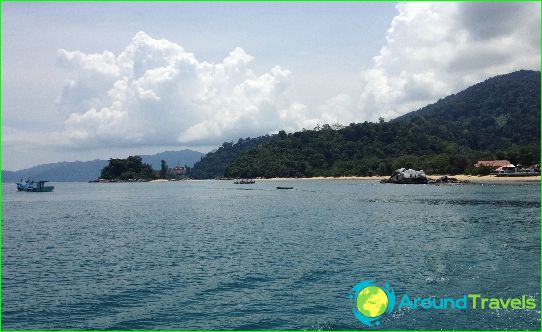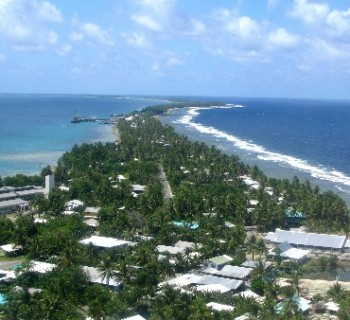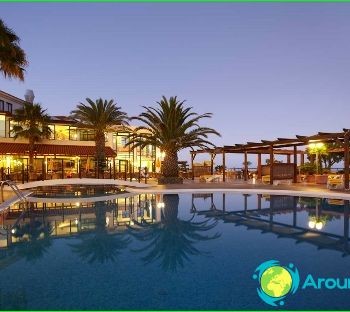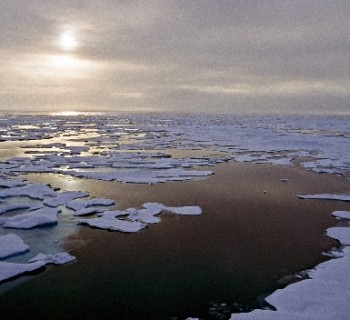South China Sea
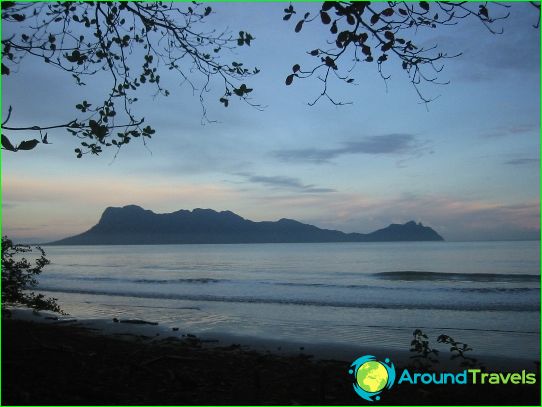
The South China Sea is located in the western part of the Pacific Ocean. Its waters wash the eastern and southeastern shores of Asia. A map of the South China Sea shows that it stretches between the islands of Borneo (Kalimantan), Taiwan, Luzon and Palawan. The largest peninsulas in the water area are Malacca and Indochina. The South China Sea covers a vast territory. Its area is 3537 thousand square meters. km. The depth is, on average, 1024 m.The deepest point is located near the Philippines - 5560 m.
Relief of the sea
The southern region is located on the continental shelf. Shallow water is recorded there. Moving west of the Philippine Archipelago, a deep water area can be discovered. The depths in those places reach 4000 m and more. The shores of the reservoir are poorly indented. Its largest bays are Tonkin and Siam. Rivers such as the Mekong, Hongha and Xijiang flow into the South China Sea. There are a lot of coral islands in the water area.
Climatic features
In the South China Sea, seasonal surface currents are observed, which often change direction. Average tides prevail here, reaching 6 m in some places. The warm climatic zone prevailing over the water area caused high water temperatures. It is almost always above +20 degrees. In some areas of the sea, the water warms up to +29 degrees.
Fauna and flora
The South China Sea is distinguished by a variety of vegetation. In its depths there are many algae: red, brown, green, unicellular, etc. More than 1000 species of fish are found in the coastal waters. Sharks of different species are found in the sea, ranging from bottom and deep to coastal.
Significance of the South China Sea
The water area of this sea has always aroused interest from countries such as Malaysia, the Philippines, China, Taiwan, etc. The Spratly Islands are considered strategically important. 6 states apply for them at once. The studies of the sea depths have proved that there are significant oil reserves. The largest oil and gas bearing area is the Sunda shelf. A sea road connecting Africa, Australia and Asia passes through the water area.
The coast of the South China Sea attracts many tourists. Therefore, tourism plays an important role in the economy of coastal states. Vacationers tend to get to the volcanic and coral islands. The beautiful nature of some islands is fraught with danger: many volcanoes are active, so earthquakes, eruptions and tsunamis often occur there..
